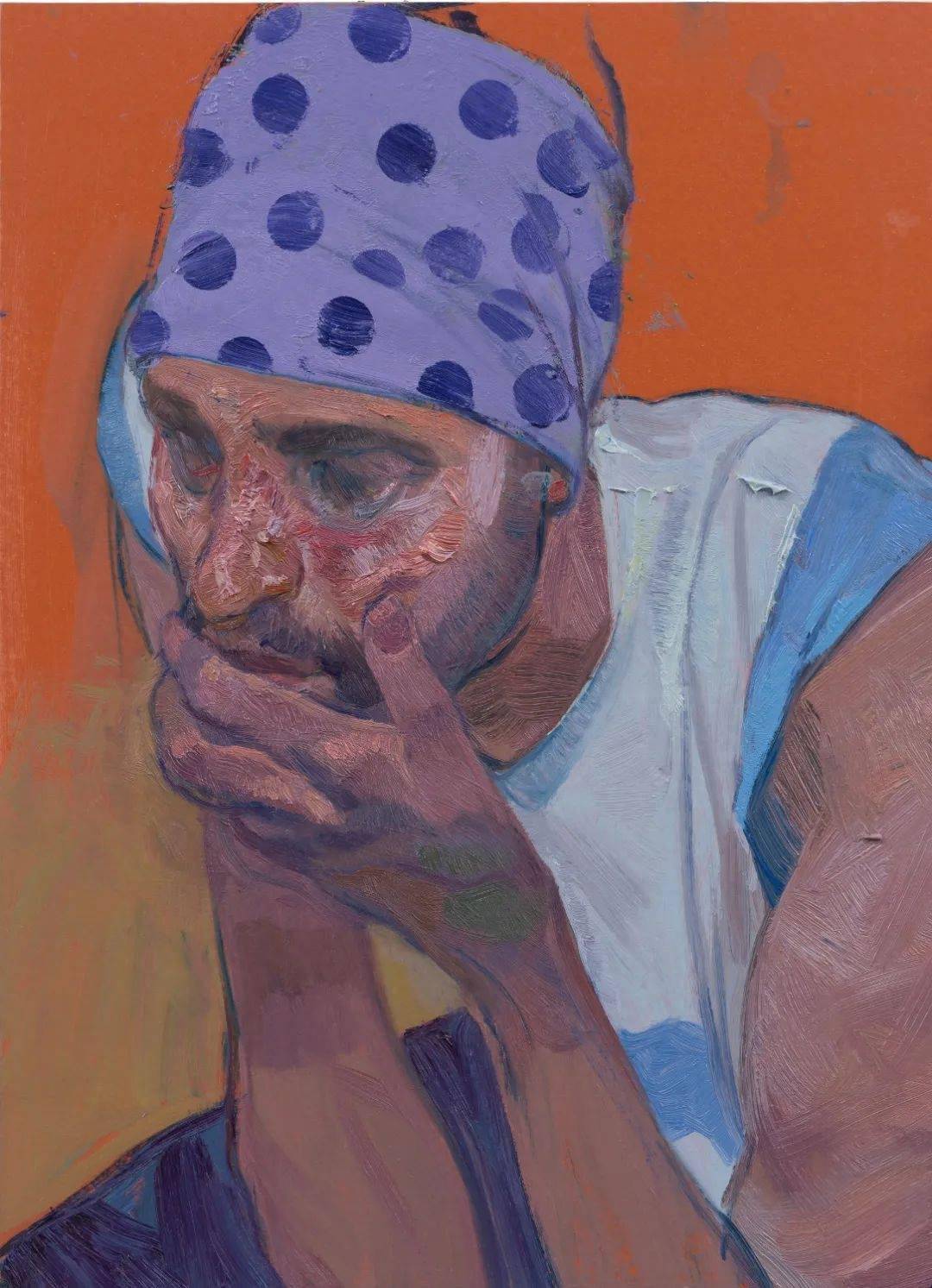Exploring the Artistic Genius of Peter Paul Rubens Drawings: A Deep Dive into His Masterpieces
#### Peter Paul Rubens DrawingsPeter Paul Rubens, a towering figure of the Baroque era, is renowned for his dynamic compositions and vivid use of color. His……
#### Peter Paul Rubens Drawings
Peter Paul Rubens, a towering figure of the Baroque era, is renowned for his dynamic compositions and vivid use of color. His drawings, often seen as preliminary studies for his larger paintings, offer a fascinating glimpse into his creative process and artistic vision. Rubens’ sketches are not merely blueprints; they are works of art in their own right, showcasing his exceptional skill in capturing the human form, movement, and emotion.
#### The Significance of Rubens' Drawings
Rubens' drawings serve multiple purposes. They are essential for understanding his approach to composition and form. The fluidity and energy of his lines reflect his ability to convey motion, a hallmark of his style. Many of his drawings depict mythological and biblical themes, illustrating his deep engagement with classical literature and his ability to translate these narratives into visual form.

#### Technique and Style
Rubens employed a variety of techniques in his drawings, from quick sketches to more detailed studies. His use of chiaroscuro—the contrast between light and shadow—adds depth and dimension to his figures. This technique enhances the three-dimensionality of his subjects, making them appear almost lifelike. The spontaneity of his sketches often captures a moment of action or emotion, inviting viewers to engage with the narrative he is portraying.
#### Influence and Legacy

The influence of Rubens' drawings extends beyond his lifetime. His work inspired countless artists, including those in the Rococo and Neoclassical movements. The fluidity and expressiveness of his figures became a benchmark for artists seeking to convey the human experience. Moreover, his drawings are a testament to the importance of preparatory work in the artistic process, emphasizing that great masterpieces often begin with humble sketches.
#### Notable Works and Collections
Some of Rubens' most notable drawings include "The Descent from the Cross" and "The Judgment of Paris." These pieces are held in prestigious collections around the world, including the British Museum and the Louvre. Art historians and enthusiasts alike study these drawings to gain insight into Rubens' techniques and thematic preoccupations. The meticulous details and expressive forms in these works highlight his ability to blend realism with idealism, a characteristic feature of his oeuvre.

#### Conclusion
In conclusion, the Peter Paul Rubens Drawings are more than just preparatory sketches; they are a window into the mind of one of history's greatest artists. Through his drawings, Rubens demonstrates his mastery of form and movement, his engagement with complex themes, and his innovative techniques. For anyone interested in the evolution of art during the Baroque period, studying Rubens’ drawings is an essential endeavor. They not only reveal the intricacies of his artistic process but also celebrate the enduring impact of his work on generations of artists and art lovers.